You wouldn’t run a marathon in worn-out shoes. So why sleep night after night on a mattress that no longer supports your body?
That’s the part most people overlook.
We’re often willing to replace a blender the moment it gets noisy. But that mattress you bought ten years ago? Still hanging in there, probably sagging in the middle, and maybe even causing that morning stiffness you’ve been blaming on your age.
Let’s fix that.
This isn’t about pushing a new product. It’s about clarity. Comfort. And understanding the real-life lifespan of your mattress—because the myths are surprisingly persistent.
Myth 1: A Good Mattress Lasts Forever
Nope. Even the best-built mattress has a natural lifespan. Materials wear down. Foam compresses. Springs lose their bounce. Just like shoes, mattresses take on the imprint of your body over time.
The reality? Most mattresses need replacing every 7 to 10 years.
But there’s nuance:
- Memory foam and latex tend to last longer (closer to 8–10 years).
- Innerspring mattresses may show signs of wear sooner (around 6–8 years).
- Hybrids sit somewhere in between, depending on quality.
If yours is well past the 10-year mark and you’re still hoping it “settles,” it won’t. Settling means sagging.
Myth 2: If It Still Feels OK, It Must Be Fine
This one’s tricky. Comfort is subjective, and we adapt.
You might not feel the decline until you try sleeping somewhere else and suddenly realise how poorly your mattress has been treating you. Hotel beds. A friend’s guest room. It’s the sleep equivalent of hearing your own voice on tape—surprisingly revealing.
Signs it’s not fine anymore?
- You wake up with a stiff back or tight shoulders.
- You toss and turn more than you used to.
- There’s a visible dip or ridge in the surface.
- You sleep better anywhere that isn’t your own bed.
Don’t wait until the aches become routine.
Myth 3: Flipping It Will Fix Everything
If only.
Most modern mattresses are one-sided. They’re designed with layers that only make sense in a specific orientation—support on the bottom, comfort on top.
Rotating your mattress (180 degrees) every few months can help distribute wear, but it’s not going to magically revive tired foam or worn-out coils.
Think of it like rotating tyres. Smart for longevity, but it won’t rebuild the tread.
Myth 4: Firmer Means It Lasts Longer
Not quite. A firm mattress isn’t inherently more durable. It just feels different. What matters more is the quality of materials and construction.
You can have a firm mattress that breaks down faster than a medium-firm one simply because it was made with lower-grade foam or poorly constructed springs.
Durability isn’t about how it feels—it’s about what’s inside.
So When Is It Time to Replace Your Mattress?
Let’s break it down. If you check two or more of the boxes below, it’s probably time:
- It’s more than 8 years old
- You wake up sore or with numb limbs
- You see visible sagging or indentations
- You hear squeaks or creaks
- Your allergies are worse (dust mites, anyone?)
- You just don’t sleep as well anymore
You don’t need to wait until it falls apart. Sleep quality is worth more than that.
What If You’re Not Quite Ready to Replace It?
Fair question. Maybe your budget’s tight or you’re in a rental.
Here are a few ways to extend the life of a not-quite-dead mattress:
- Add a quality topper. Memory foam or latex can smooth out bumps and give better support.
- Use a proper base. Slatted or solid, make sure your mattress isn’t sinking into a saggy frame.
- Rotate regularly. Not a fix-all, but helps wear it evenly.
- Protect it. A washable mattress protector guards against sweat, dust, and spills.
That said, these are stop-gaps, not cures.
Sleep Hygiene Isn’t Just About Sheets
We talk a lot about sleep hygiene these days—low lighting, phone-free nights, herbal teas. But the bed itself? That’s the foundation.
An old, unsupportive mattress can undo even the best habits. Your bedtime routine, your carefully chosen linen, even your mental wind-down—they all rely on a mattress that’s doing its job.
If it’s not, the rest doesn’t stand a chance.
The Quiet Cost of Waiting Too Long
This isn’t just about comfort.
- Poor posture. An unsupportive mattress can throw off spinal alignment.
- Chronic tension. Neck and back pain creep in slowly, then stay.
- Sleep fragmentation. Tossing and turning breaks your sleep cycles.
- Immune function. Poor sleep = higher stress = lower immunity.
Not to mention, you spend a third of your life in bed. Why cut corners there?
Final Thought: It’s Not Indulgence, It’s Maintenance
Replacing your mattress when it’s time isn’t about chasing the latest trend. It’s about protecting your body. Your rest. Your mood. Your day-to-day resilience.
At The Bed Centre, we’re here to help you figure it out—no hard sell. Just honest guidance, real-world insight, and products that make sense for how you actually live.
If you’re unsure where your current mattress stands, pop in and speak to someone. Bring your questions. Bring your back pain. We’ll talk you through it.

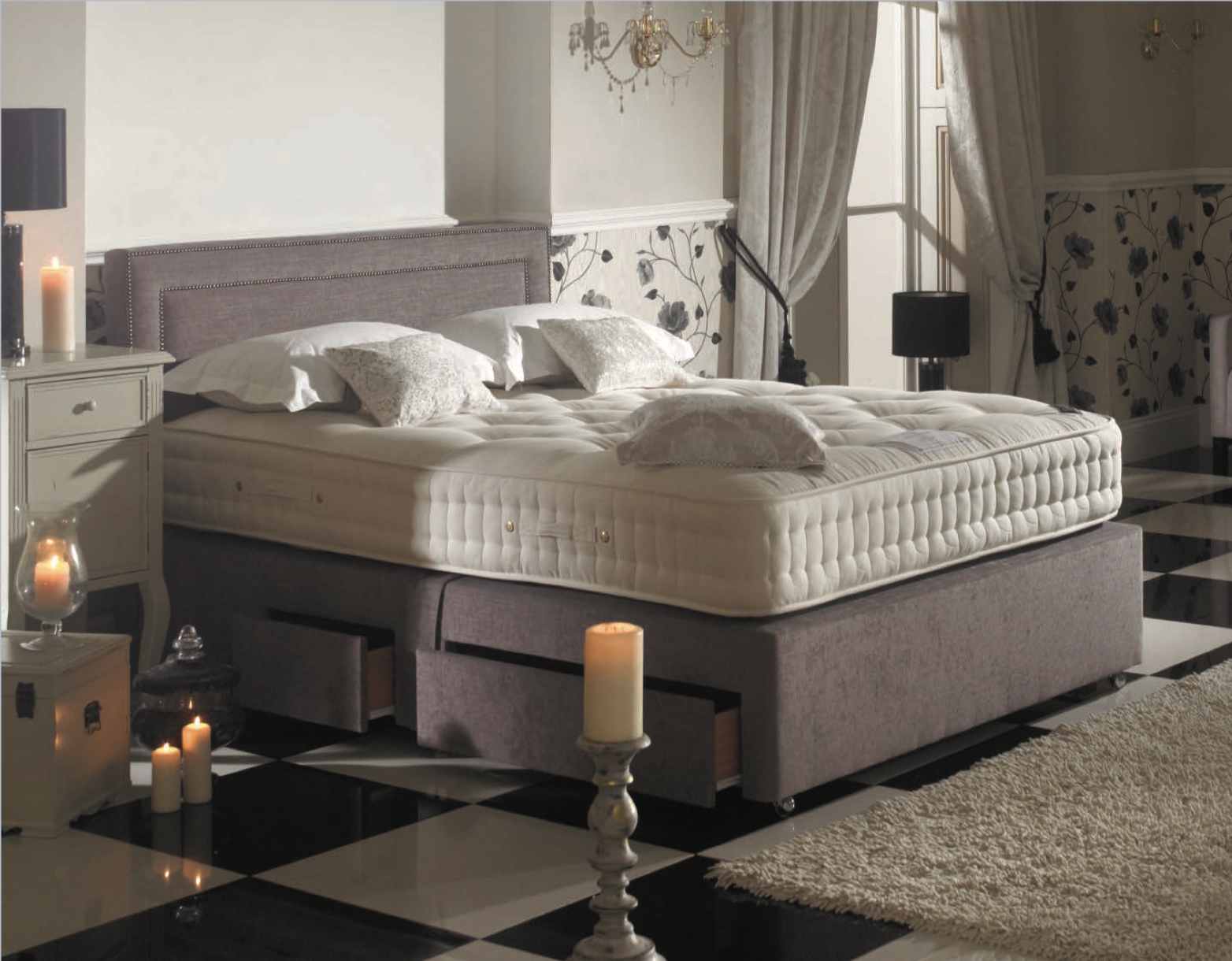
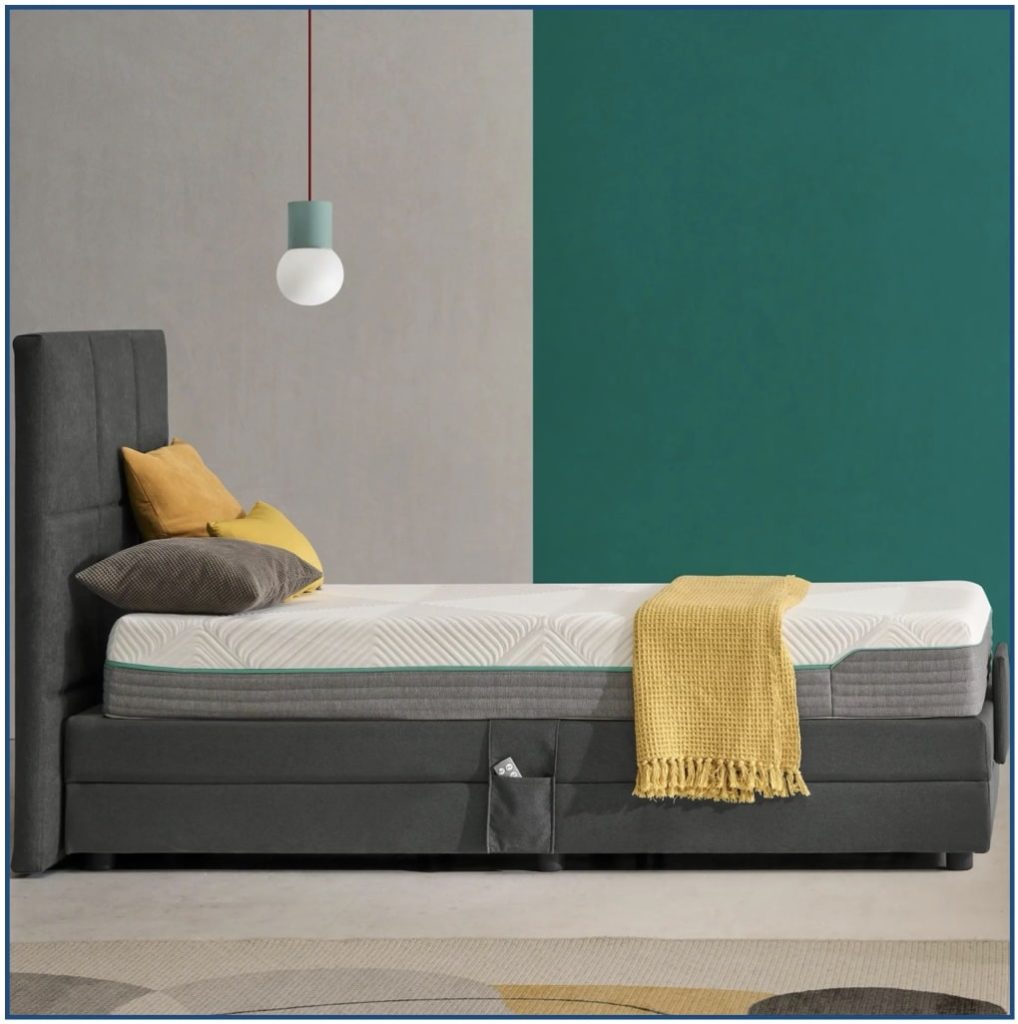







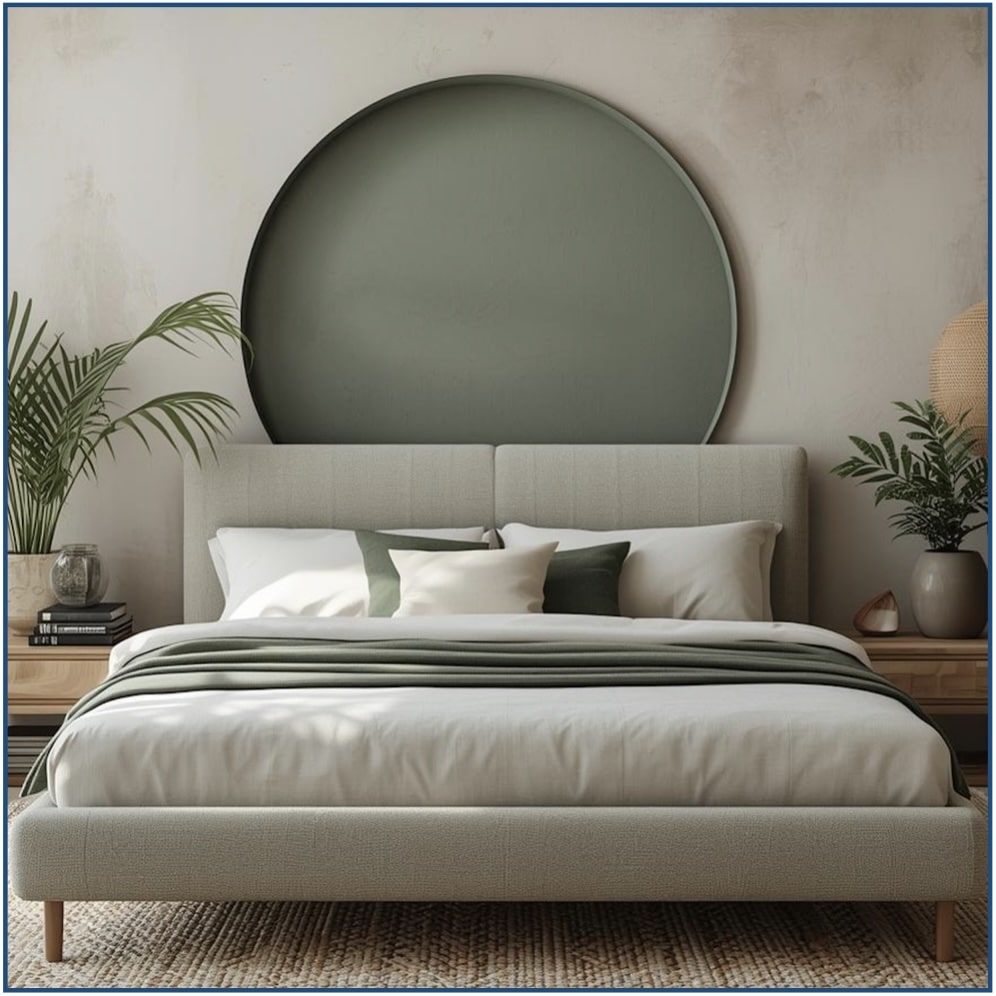
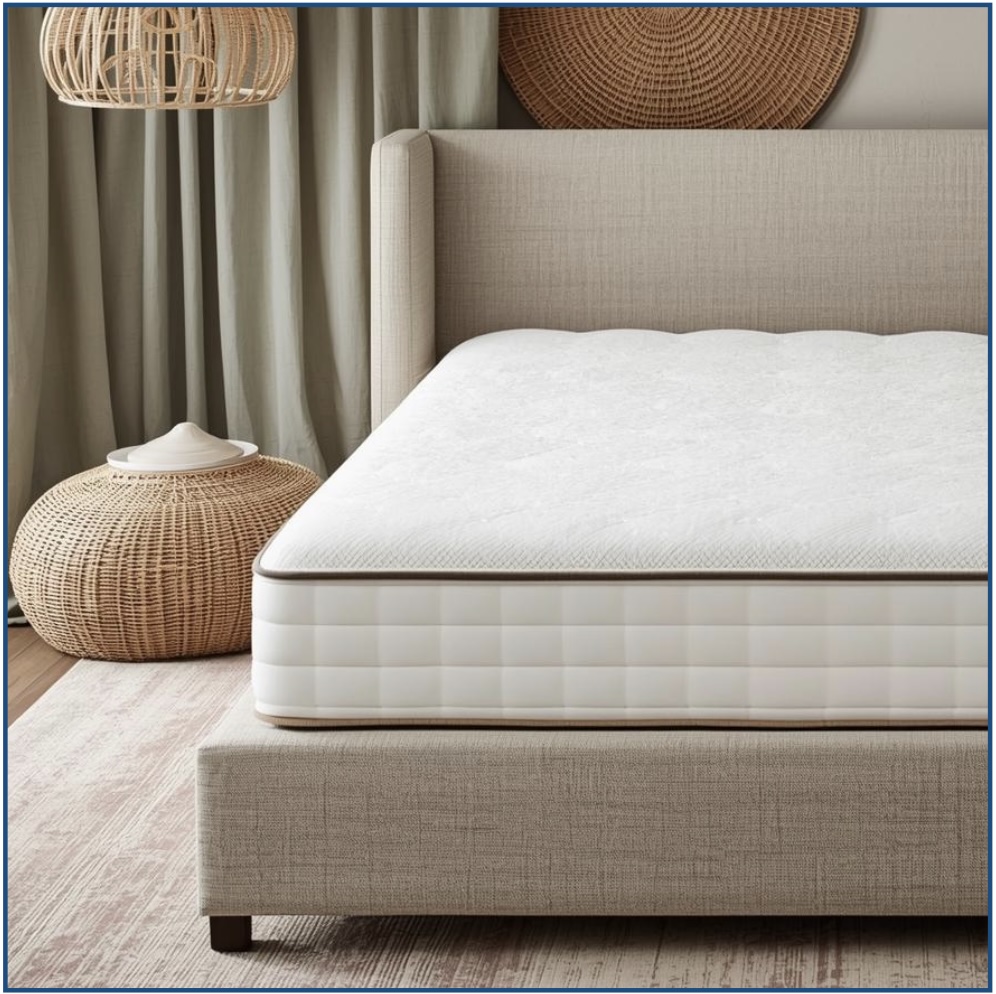
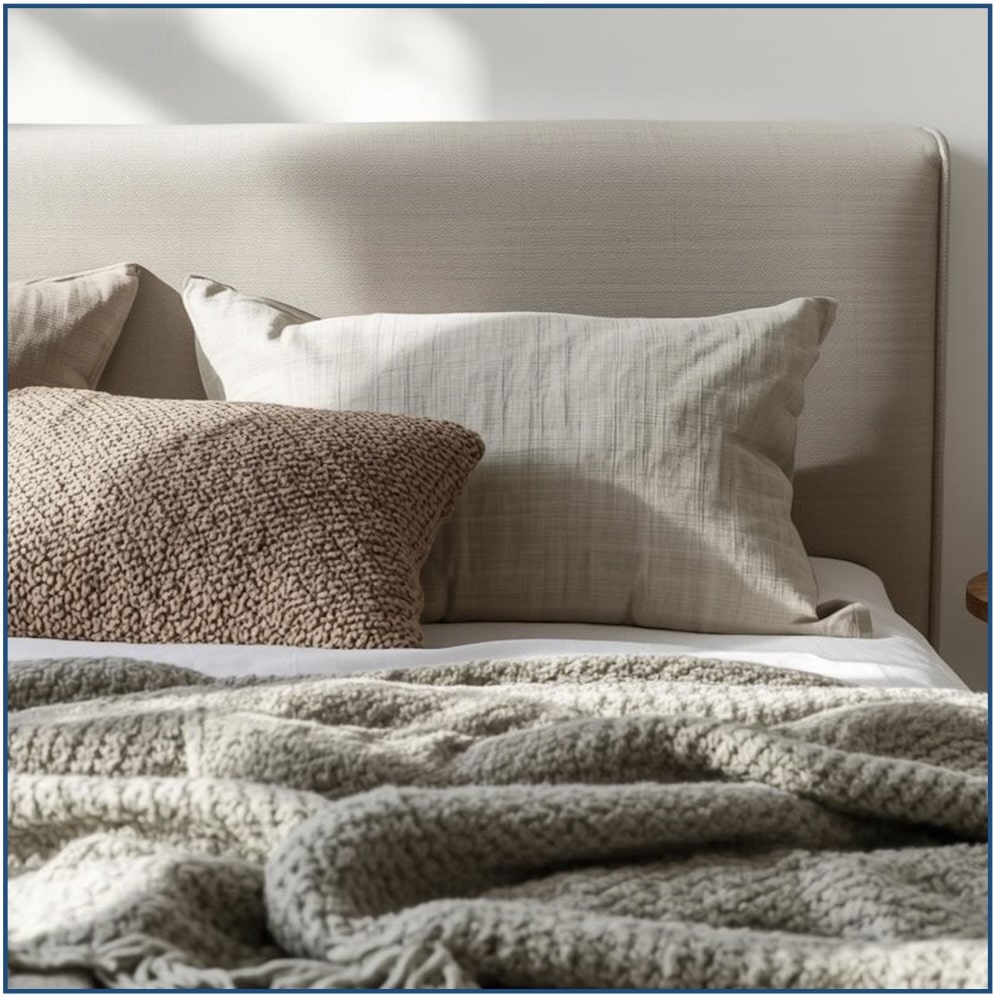
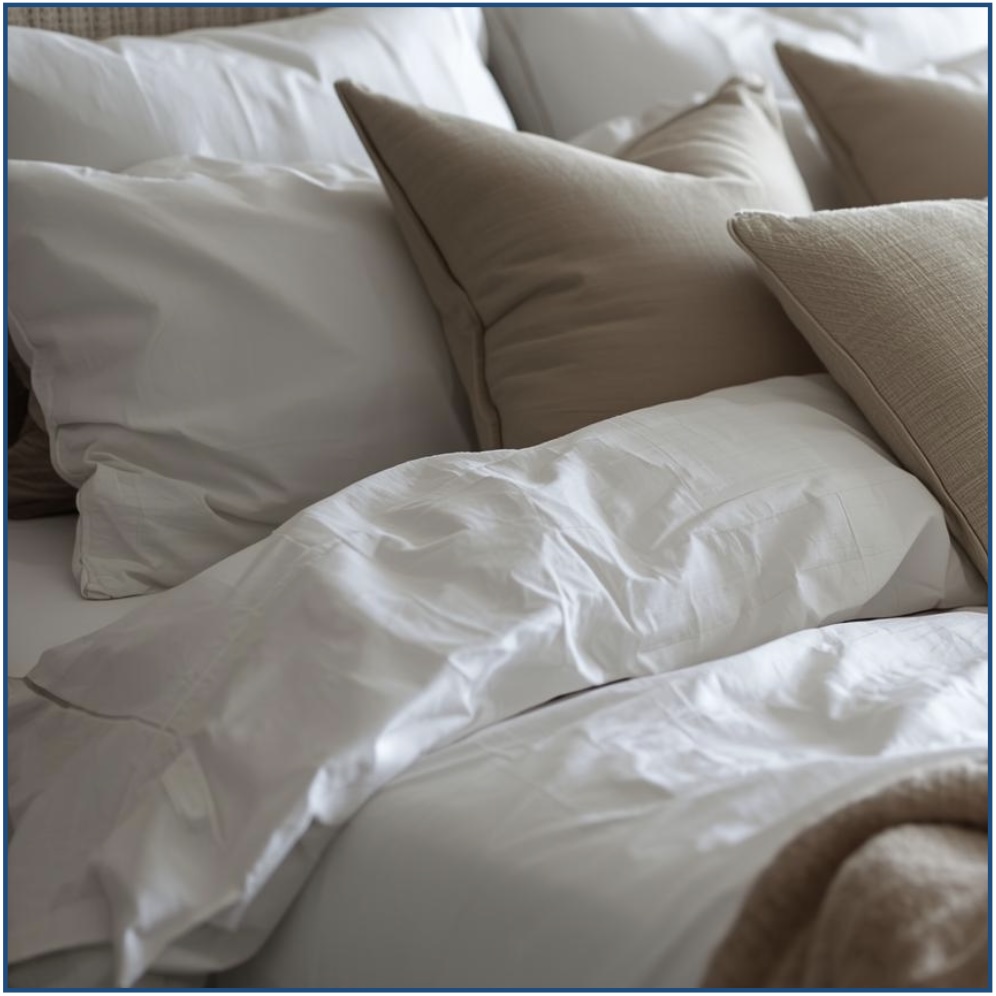

Hallo I want to ask you a question must a base hold 20 years I bought a bed at bed shop Pretoria South Africa I’m 1.6 m and weight 70 kg my base totaly gave in and it’s sqweecks terribly help me please must they replace my bed
Hi Cheran, Thank you for your email. The lifespan of a standard bed base is 7-10 years however a base can last a lot longer. Generally your guarantee covers you for 2-3 years after purchase, this may vary from country to country. After 20 years I’m afraid your base may have reached the end of its lifespan and needs to be replaced with a new one.
I hope this helps,
With kind regards,
The Bed Centre